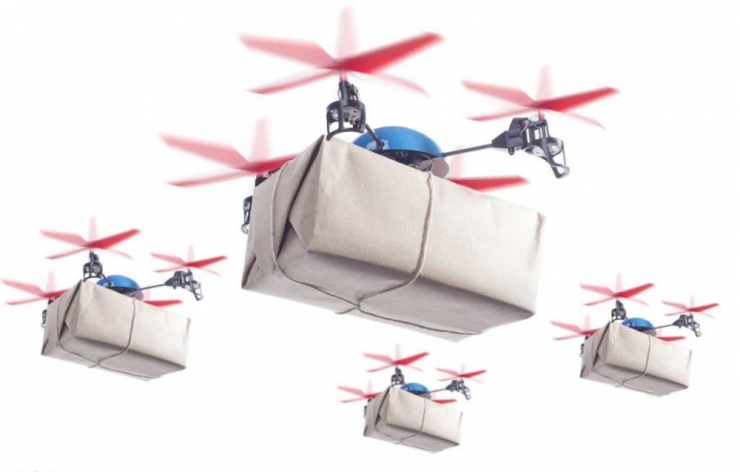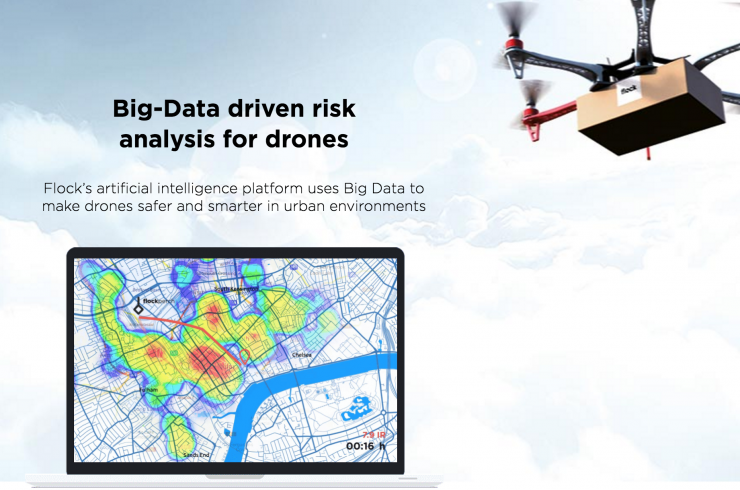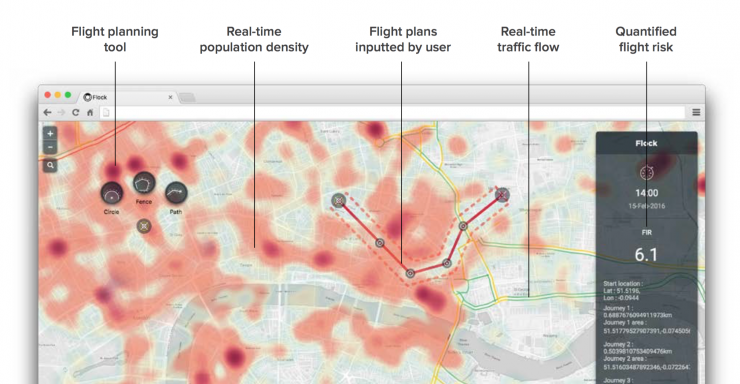According to a recent report by PricewaterhouseCoopers (PwC), the UAV industry is growing exponentially, and it is estimated that by 2020, global drone hardware shipments will reach 10 billion U.S. dollars. The machine market has also spawned a derivative of the UAV’s peripheral industries. One of the largest peripheral industries is UAV supervision and control.

PwC's report stated that the labor costs that drones can replace in labor and labor will exceed 120 billion U.S. dollars in 2020, which means that a large number of drones will be lifted by then. However, the risks associated with it will also increase greatly. The problems that people will face when drones crash in the air and cause loss of people and property, interference with public space, and privacy is being probed. These risks are difficult to quantify, which has spawned a lot of drone control agencies' “one-stop killing†management methods. Drones have hit the market with the emergence of “strike weapons†and “jammer†manufacturers. However, violence has always been a temporary solution to the problem, so some companies began to study some "soft" methods of controlling risk, Fly Flock is one of them. Lei Fengnet contacted Flock's founder and CEO, Ed Leon Klinger, for a brief introduction to Flock's original intention and how the AI ​​system helped drones to control risks.

Ed Leon Klinger
Flock foundedFlock is a UK pioneering drones regulatory system development company whose CEO, Ed Leon Klinger, studied at Oxford University and Cambridge University and received a double master's degree. During his school years, he focused on the research of emerging technologies and automation systems and was particularly interested in drone and drone ecosystems. Later Klinger also worked for a drone supervision agency in the UK for a period of time. This experience laid a foundation for Flock to some extent.

Flock application screenshot
With the rapid development of the drone industry, people can see from the quantified data that the application of drones has grown exponentially and will not stop in the foreseeable future. Various industry giants (DHL, Amazon, Google, Facebook, etc.) invested a lot of money in the commercial direction of drones to promote the development of UAV urban industry services. Basic applications such as "drone express delivery" will become a reality in the near future. Drone services have many advantages. They can liberate manpower, do high-risk work, and ease urban congestion. However, there are many problems with it. To sum up, drones are basically the two common words: explosives.
The risk brought by explosives is the biggest stumbling block to urban public service drones, which is not sensational because every drone that flies up to the sky is related to the safety of citizens.
Relevant government agencies and giant companies such as Amazon have begun to pay attention to drones' urban flight safety and are actively deploying corresponding management strategies. However, Klinger believes that the fundamental problem with drone safety is that drone risk is too random and cannot be quantified. This leads to difficulties in controlling and preventing drones, and if there is an accident with drones, The definition of responsibilities of operators, insurance companies, and regulatory agencies is also very difficult. In order to solve these problems, Klinger and another partner, Antton Pena, established Flock and invited Miguel Molina Solana, MD, Imperial College of Imperial College London, as the CTO to create an AI system that can quantify the operational risks of drones. .
Flock AI SystemAccording to Klinger, Flock is a big data-driven drone risk analysis tool that can increase the risk of drone accidents based on the real-time location of pedestrians in a region, vehicle activity information, and real-time weather information. The information is aggregated and analyzed to let the drone's AI system or operator know the real-time information of the environment. In addition, the system can also use the above ground activity information and building information to calculate the risks and impacts of drones in flight, and optimize and recommend flight routes based on real-time data. For example, in areas where people are densely populated, the risk of drones passing over the sky is obviously increasing. Flock's AI system can analyze this information and re-plan a drone flight path to reduce the risk of flight. .

Flock work diagram
Klinger said that this includes several key technologies. One is to use artificial intelligence to identify ground information and convert it into quantitative risk information for feedback to drones, and the other is to use ground information to calculate safe flight. The route is displayed on the map. It is not easy to achieve these two points. In particular, the huge data collection of ground information is huge, and it is by no means a short-term start-up company or small team able to complete it. Klinger told Lei Feng Network (search "Lei Feng Net" public concern) that their ground information on buildings, people, vehicles, weather, etc. are all working with third-party companies. Which company, Klinger did not mention, but he mentioned the difficulty of developing this system from the side:
The biggest difficulty in doing Flock systems is that we, as a start-up AI small technical team, need to cooperate with various complex institutions, such as large insurance companies, drone hardware manufacturers, operators, government regulators, etc. These are not just problems that technology can solve.
Klinger said that there are still some companies that are doing unattended risk quantification, but none of them are able to use real-time environmental data like the Flock system, such as AirMap, which can only map out some information in the air, but to the ground. The movement of people and vehicles cannot be grasped in real time. The use of environmental real-time AI analysis is Flock's core competitiveness.
With this system, users, insurers, or regulatory agencies can use the drone service to avoid risks as much as possible. In case of force majeure, they can know the status of the drone at the time and solve the problem in time. .
Currently, Flock has developed applications for PCs, iOS, and Android, which are already being tested gradually. In the future, this technology will be provided to drone manufacturers, users, and insurance companies. However, at present, they still have many technologies to build, so they will try to promote them first in the insurance industry. Klinger said that Flock intends to recruit additional developers who are focused on machine learning and will make the system more intelligent in the future.
Drone accidents frequently congregate a large group of people to study how to control drones, but most people choose “violence strike†and “policy controlâ€. However, there are not many people like Flock that use big data management. Try it. For the current situation of the proliferation of drones, the policy of appeasement must be more effective than violence. After all, the development of drones is a trend to a certain extent. In the future, to avoid risks, more Flocks must emerge. Row.
Recommended reading
UCL's latest research results: People prefer robots that communicate and communicate more than efficient robots.